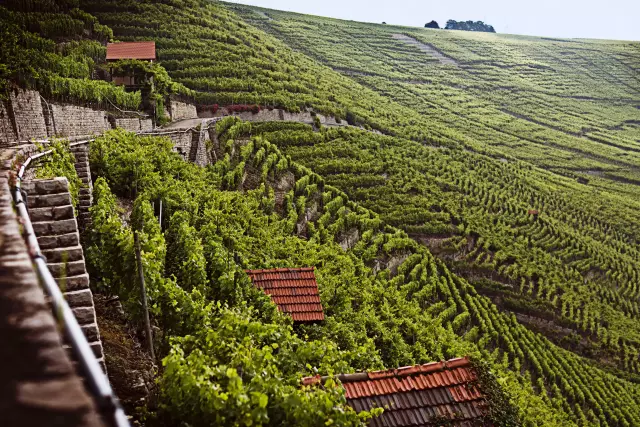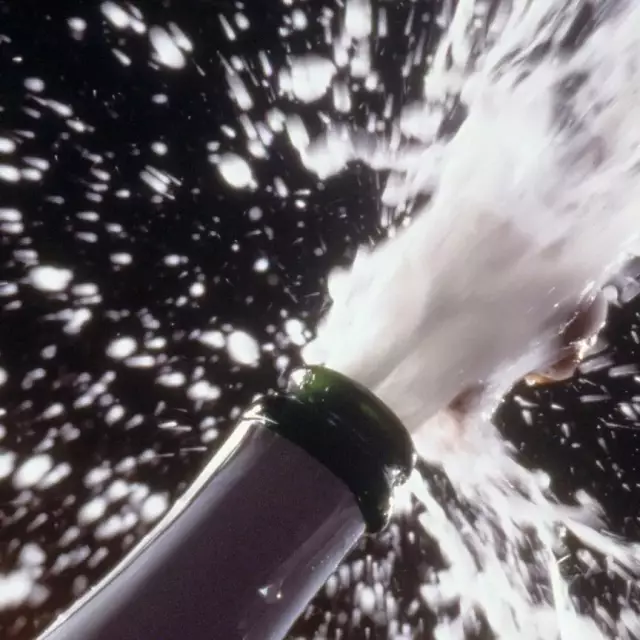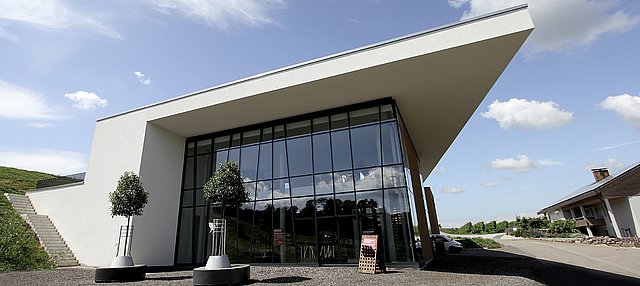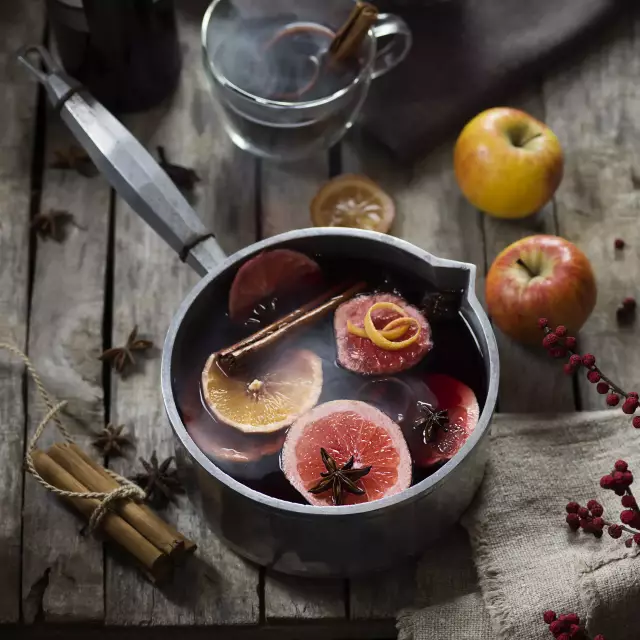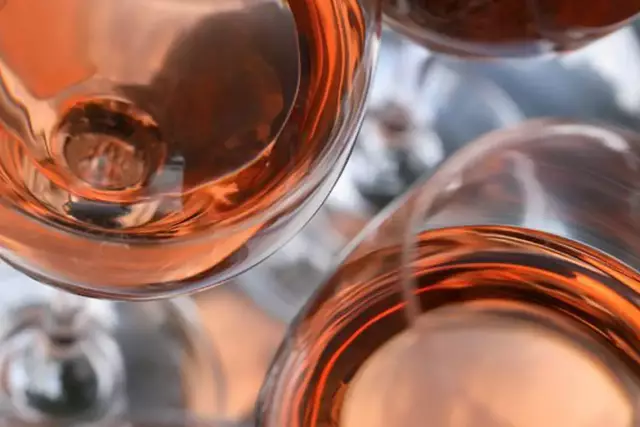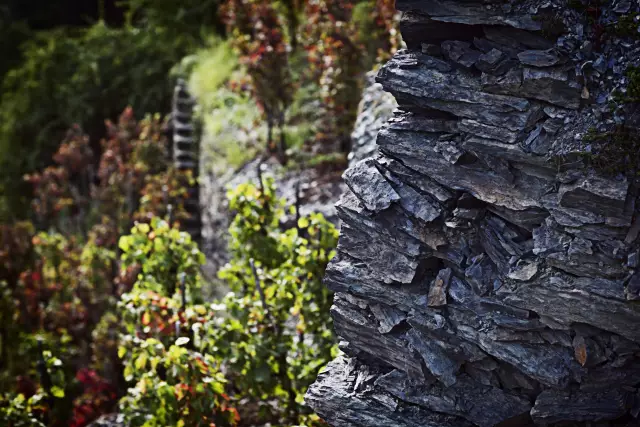Latest news
-
DWI Current Merry Christmas and best wishes for 2026! 23.12.2025
We wish all wine enthusiasts a Merry Christmas and a joyful, relaxing holiday season. Thank you for your interest in the world of wine, for your valuable input, and for the excellent cooperation throughout the year.
Learn more -
Industry news Leading gourmet magazine nominates Germany's Top500 wine estates 22.12.2025
"Der Feinschmecker" activated a team of experts to taste around 4,000 German wines - from sparkling wine to Auslese - selecting "rising stars", "discoveries" and their "collection of the year".
Learn more -
Press releases Clink Different - US Marketing Campaign Wraps Up with Strong Results 12.12.2025
The US advertising campaign Clink Different – Experience European Wines, a joint initiative by CIVB and the German Wine Institute within the EU program Enjoy it’s from Europe, successfully concluded in 2025.
Learn more
Ahr
With 529 hectares of vineyards, the Ahr is one of the smallest wine-growing regions in Germany. Mainly red wines thrive on the steep slopes above the river.
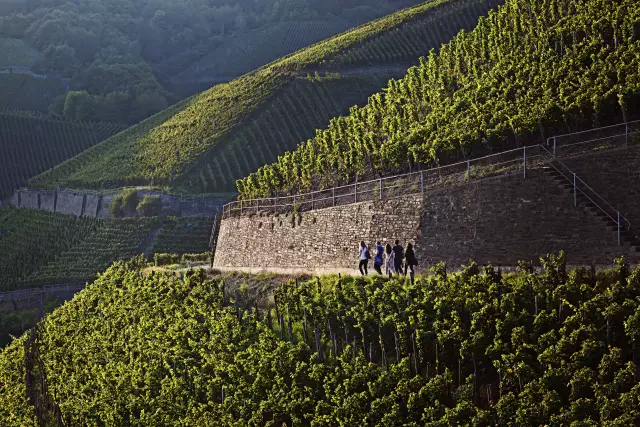
Baden
The Baden winegrowing region, with 15,727 hectares of vineyards the third largest in Germany, extends in a north-south direction over a length of about 400 kilometers.
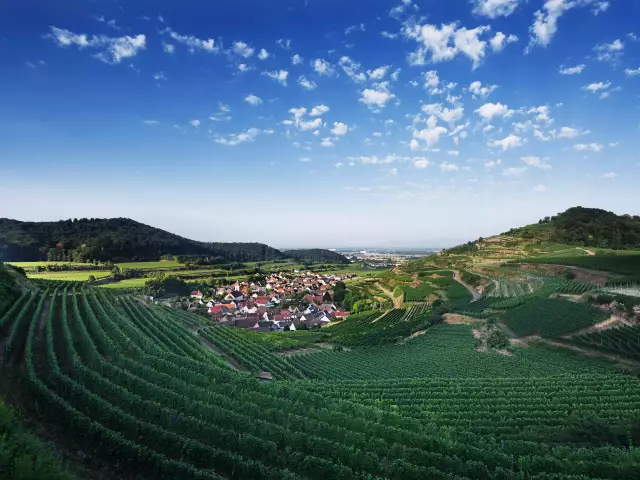
Franken
The Bocksbeutel is the trademark of Franconian wine, which has been cultivated for over 1200 years, especially along the Main River. Franconian wine country is bordered by the Rhön Mountains to the north, the Steigerwald Forest to the east, the Tauber Valley to the south and the Spessart Mountains to the west.
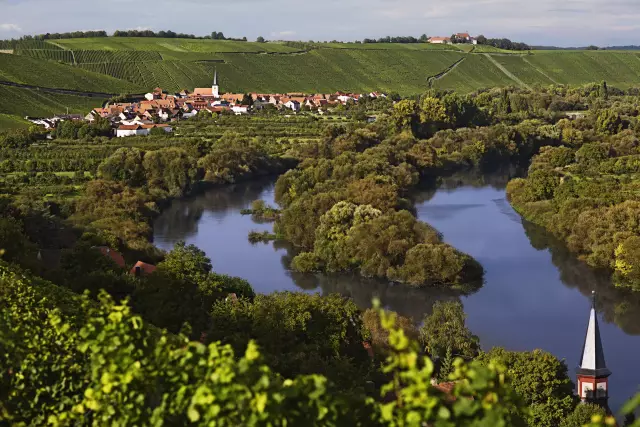
Hessische Bergstraße
When it is still cool in March or April in some places, the almond blossom already begins on the Hessian Bergstrasse. Spring usually starts a few days earlier.
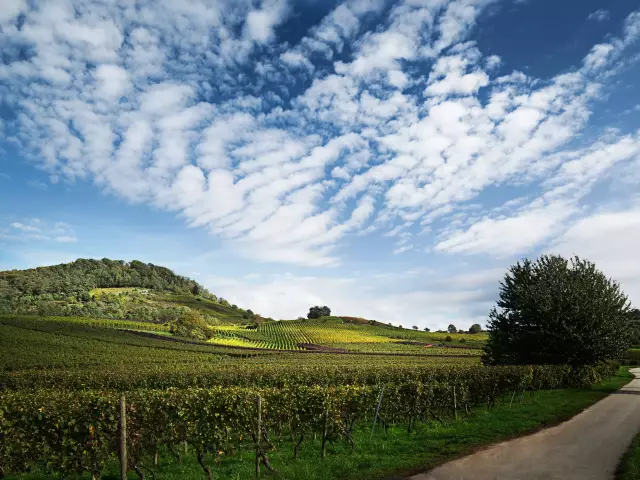
Pfalz
The Palatinate has many superlatives: the largest wine festival in the world in Bad Dürkheim, but also the first and most famous wine street, the German Wine Street.
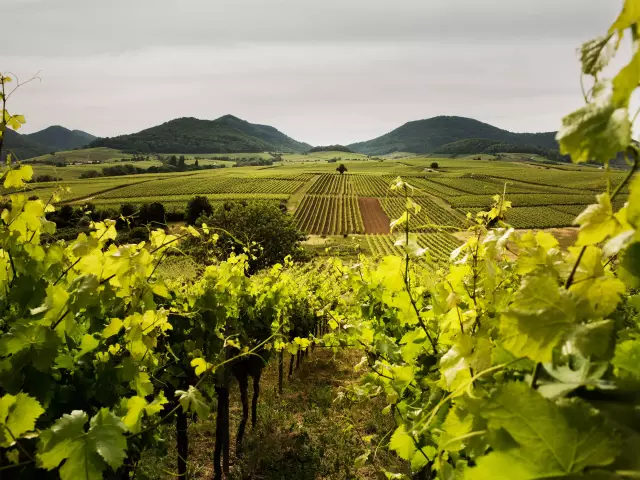
Rheingau
The Rheingau wine-growing region is located in the state of Hessen and is one of the most renowned wine regions in Germany. The vineyards cover a total of 3,180 hectares (as of 2024). They start at Frankfurt/Main and run for about 50 kilometres over Wiesbaden along the right bank of the Rhine to Lorch, north of Rüdesheim.
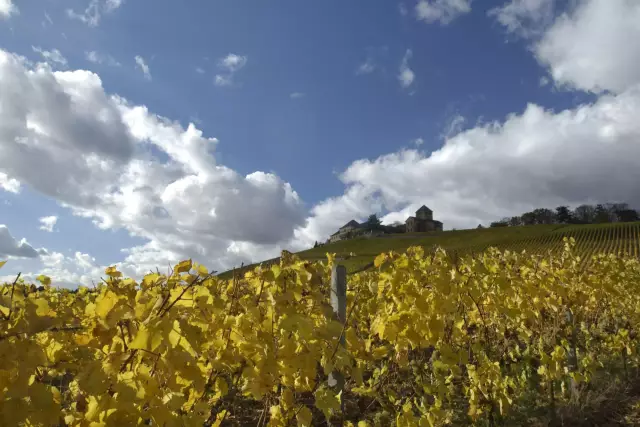
Rheinhessen
A thousand hills and vines as far as the eye can see - that is Rheinhessen, Germany's largest wine-growing region.

Mittelrhein
The Rhine Valley between Bingen and Bonn offers a picturesque backdrop. Vineyards crowned by castles and medieval towns adorn the banks of the Rhine.
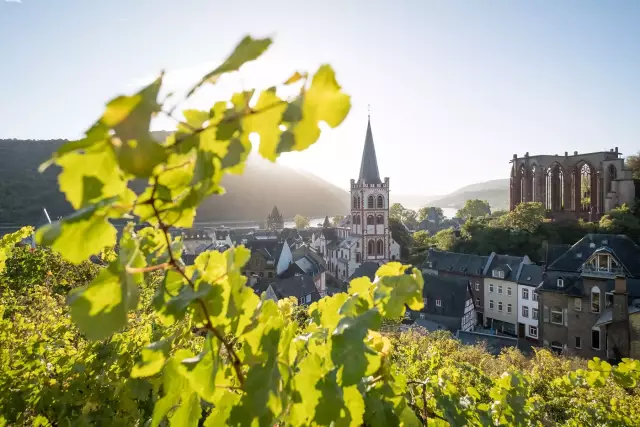
Mosel
The wine-growing region along the Moselle, Saar and Ruwer rivers is considered Germany's oldest wine region. The Romans brought viticulture to the Moselle on a grand scale.
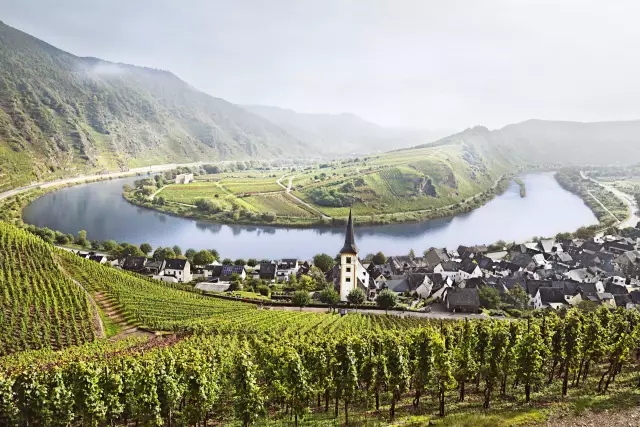
Nahe
On the Nahe, visitors can expect gentle greenery, romantic river valleys and dramatic rock formations and also hospitable winegrowers and their diverse wines.
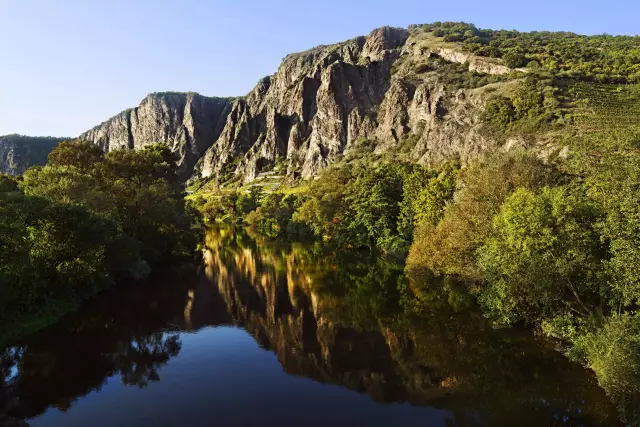
Saale-Unstrut
Two rivers give the growing region its name, as the mostly terraced vineyards are mainly located in the narrow river valleys of the Saale and Unstrut rivers.
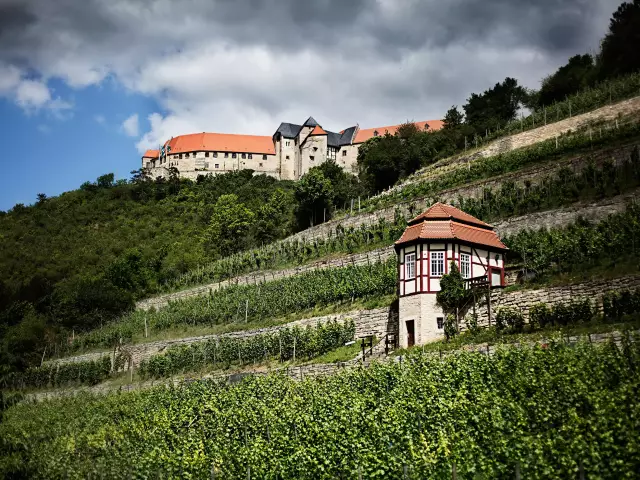
Sachsen
Sachsen is the easternmost and, with 522 hectares, one of the smallest wine-growing regions in Germany. The vineyards only begin near Dresden, at 51 degrees north latitude.

Württemberg
Among the major German wine-growing regions, Württemberg ranks fourth with 11,392 hectares. Here, red grape varieties dominate the vineyards with 65 percent.
